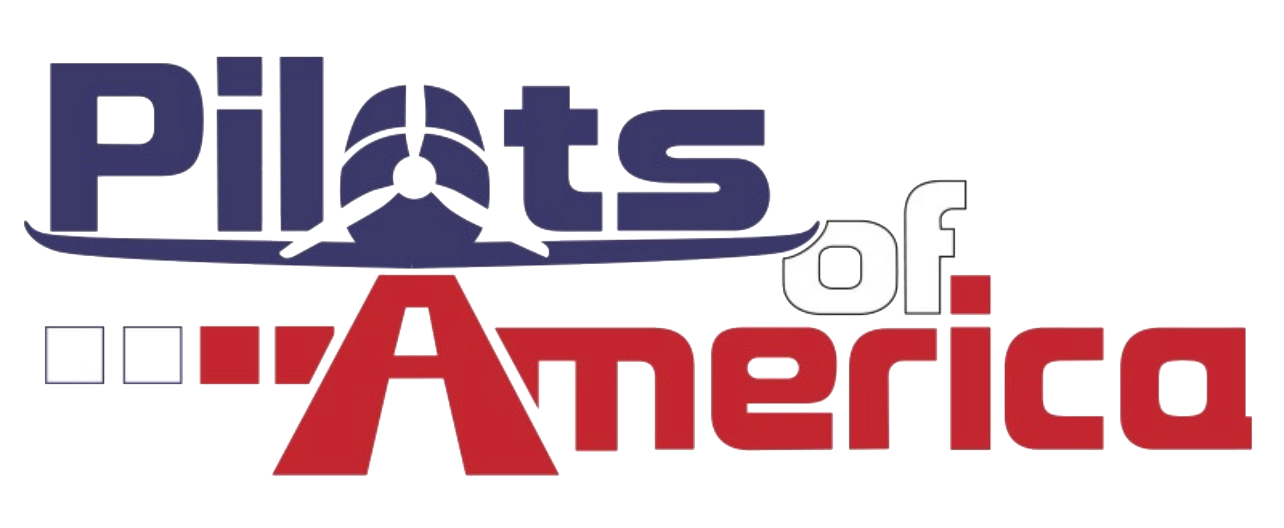brien23
Cleared for Takeoff
Listings of complex aircraft seem up, is that due to insurance being hard to find for those over 70 and very hard to find for those over 80, to keep flying complex aircraft. The cost of feeding and care of single engine complex aircraft has gone up a lot over the past few years. Listings of 55 Baron and 58 Baron series and Cessna 310 series are up too, is now the time to get a real good deal on a twin with so many listed.
